The history of the Villa Flora
The Villa Flora is a special place. Here, art of the highest quality can be experienced in a historic setting. The uniqueness of this house lies in the combination of architecture, design and the art collection. Even today, the Flora is the setting for which many works of art were created – and the house itself becomes a work of art.
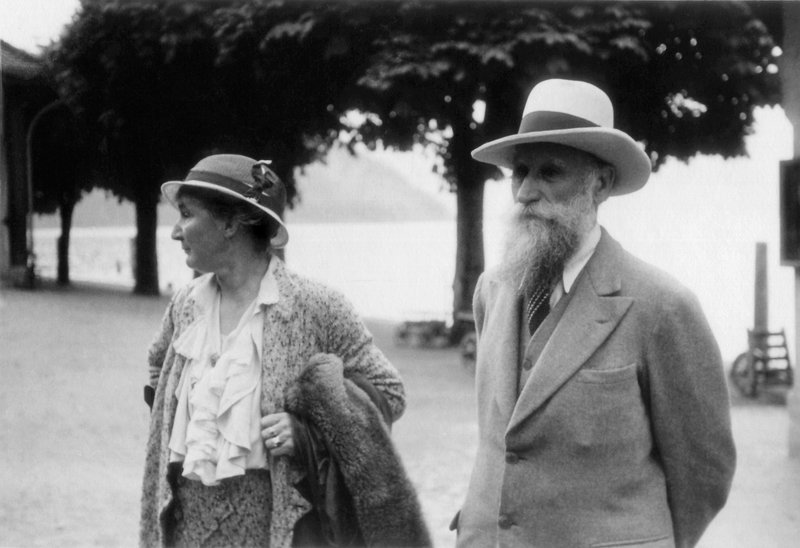
Hedy Hahnloser together with Aristide Maillol on a lakeside promenade
The story of the Flora is the story of Arthur and Hedy Hahnloser-Bühler, who built up a collection of French and Swiss art of exceptional quality between 1907 and 1936. The collection focuses on prints, sculpture and paintings by Post-Impressionist, Nabis and Fauve artists, who were among the most important artists at the turn of the 19th and 20th centuries. Another special feature of this collection is that the collector couple was on friendly terms with many of the artists, quite a few of whom visited the Flora and even created a few works here on site.
In Winterthur and elsewhere, the couple used its enthusiasm to motivate other art lovers to collect art themselves. In the Kunstverein, they advocated contemporary art and a new museum. As a result, Winterthur became an early centre of post-impressionist art in Switzerland.
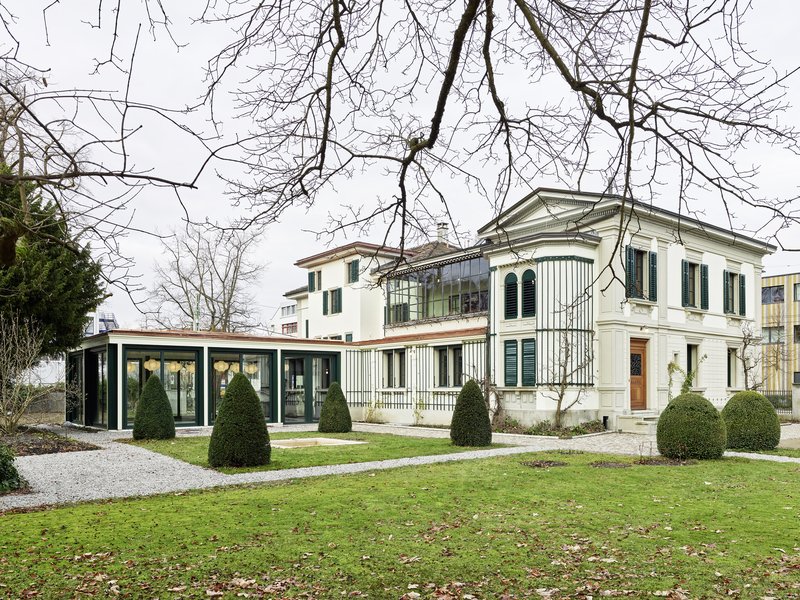
The freshly renovated Villa Flora 2023.
Foto: © Georg Aerni
After the death of the collector couple, the collection was divided between the two children, with Lisa's share remaining in the Flora. With the establishment of a foundation and the opening of a museum towards the end of the 20th century, the ensemble of art collection and architecture was made accessible to the public. The latest chapter was written with the reopening in 2024, when the Villa Flora became equipped for the future as part of the Kunst Museum Winterthur.
Beginnings – From the clinic to a residence
Shortly before the turn of the century, newlyweds Hedy and Arthur Hahnloser moved into the Villa Flora, where in the east wing they set up an eye clinic with an operating theatre, consultation and patient rooms.
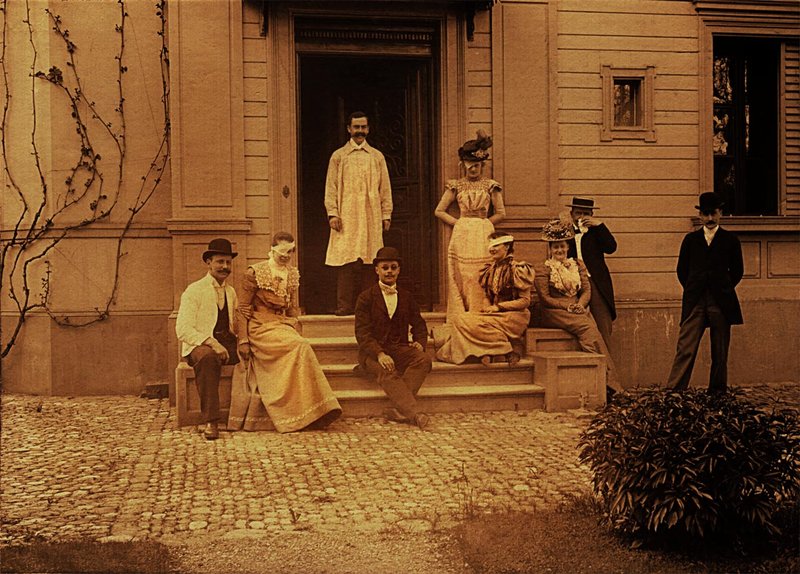
Arthur Hahnloser with costumed patients of his eye clinic in front of the Villa Flora
Winterthur lacked a medical facility that would have allowed inpatient treatment – Hahnlosers made this possible. As with the house, Hedy used her fortune to pay for this costly facility. She also assisted actively and looked after the patients, while Arthur took care of the operations. Because he also admitted and treated people who could hardly afford it – labourers and farmers – and often waived the costs for them, he soon became known as "the eye doctor of the poor".
It was a relief when the clinic was relocated in 1907. A private hospital had opened in Winterthur, where Arthur's eye clinic was transferred. Not only was the strenuous work, which often intruded into the couple's private lives, outsourced, but also new rooms became available. The Hahnlosers set about integrating a drawing room to the latest standards.
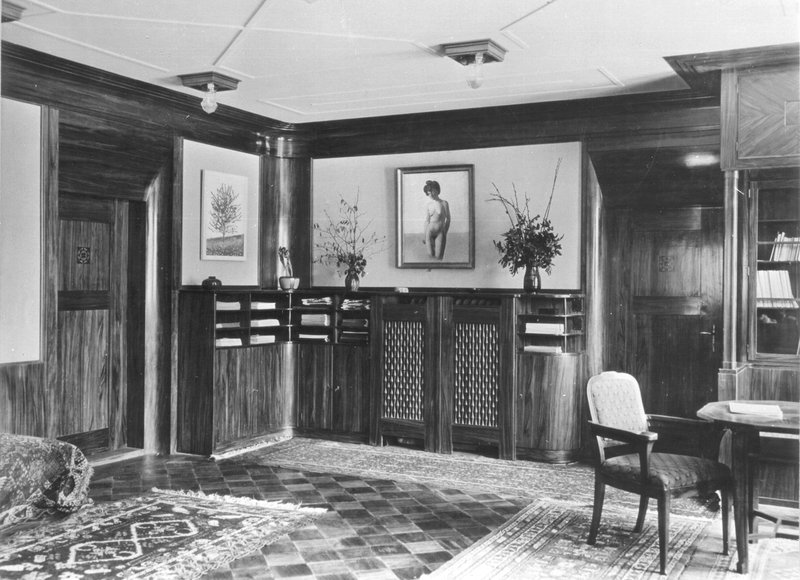
The Salon with the Cherry Tree by Hodler and the Baigneuse by Vallotton. Both paintings were the first acquisitions by these artists
The salon was splendid. It had been designed and built by Hedy Hahnloser together with Robert Rittmeyer. The entire ensemble had been presented to the public at an interior design exhibition before being installed and it met with an enthusiastic response from professionals. It was at this time that the Hahnlosers gave a lot of thought to the design of their home, and it was obvious that also the walls needed decoration: thus they had to buy a few paintings.
Beginning to collect
In Winterthur and also among the Hahnlosers, a taste in art prevailed around 1900 that was oriented primarily towards German painting: dark tones, harmonious and restrained colouring and an academic, naturalistic painting style were the parameters. What was happening in France at the time, the repercussions of Impressionism, was not understood here. Not yet.
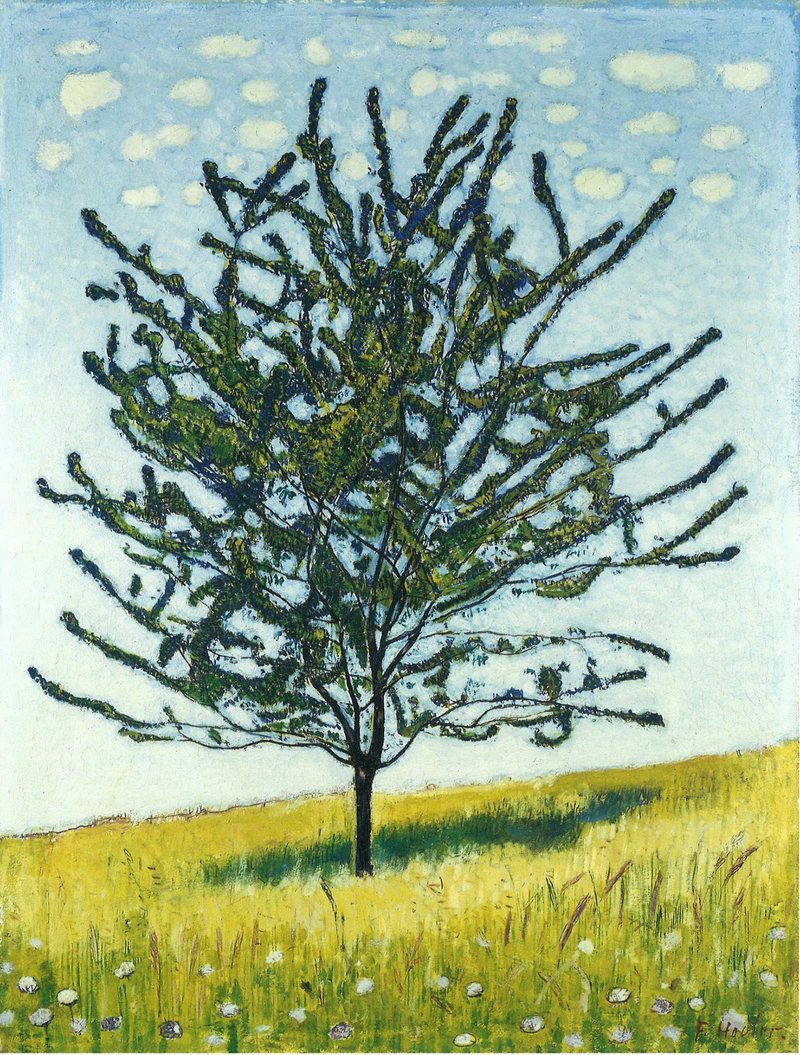
Ferdinand Holder, The Cherry Tree, 1906
Private collection
In close contact with her friend, the painter and art dealer Carl Montag, who was living in Paris at the time, her view of art changed increasingly. After a visit to the Biberist collector Oscar Miller, who owned many avant-garde paintings, particularly by Cuno Amiet, and a visit to a Hodler exhibition in Interlaken, they soon ventured into new territory. In August 1907, they travelled to Stampa to visit Giovanni Giacometti. By the time they returned home, they had made a new friend and purchased a new painting, a self-portrait that had just been painted and still smelled of fresh oil paint. It was the prelude to modernism.
That same year, the Hahnlosers visited Ferdinand Hodler in Geneva, and they also bought a painting from him, a small Cherry Tree. These purchases from the Swiss avant-garde set the course, and soon they eyes were also open to French modernism.
Artist friendships
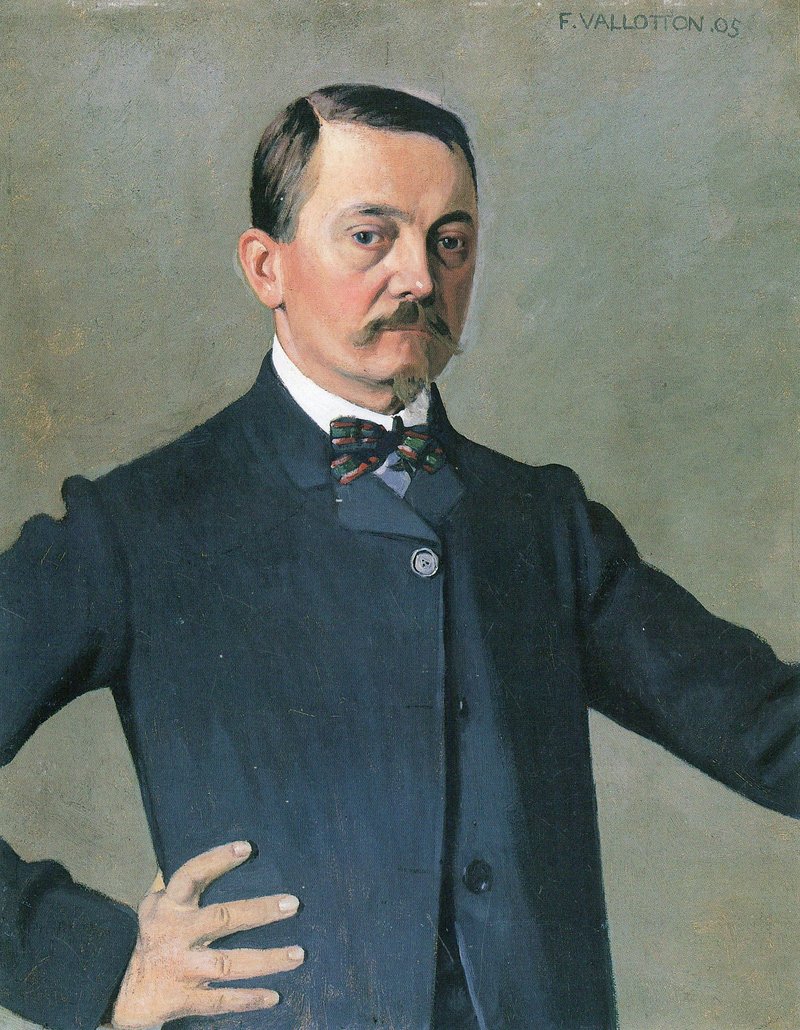
Félix Vallotton, Self-portrait, 1905
Kunsthaus Zürich
Thanks to her passion for arts and crafts, Hedy Hahnloser came into contact with artists at an early age. One of them was Carl Montag, a young painter from Winterthur who lived in Paris. He was an early advocate of French modernism and drew the attention of his friends at home in Switzerland to the latest trends in France. At first, however, this was met with skepticism, even among the Hahnlosers. However, this changed gradually. When Hedy and Arthur travelled to Paris in 1908, Montag arranged for first contacts and the two of them entered the studio of Félix Vallotton for the first time, from whom they also bought a painting. It was the beginning of a lifelong friendship and an avid activity as collectors.
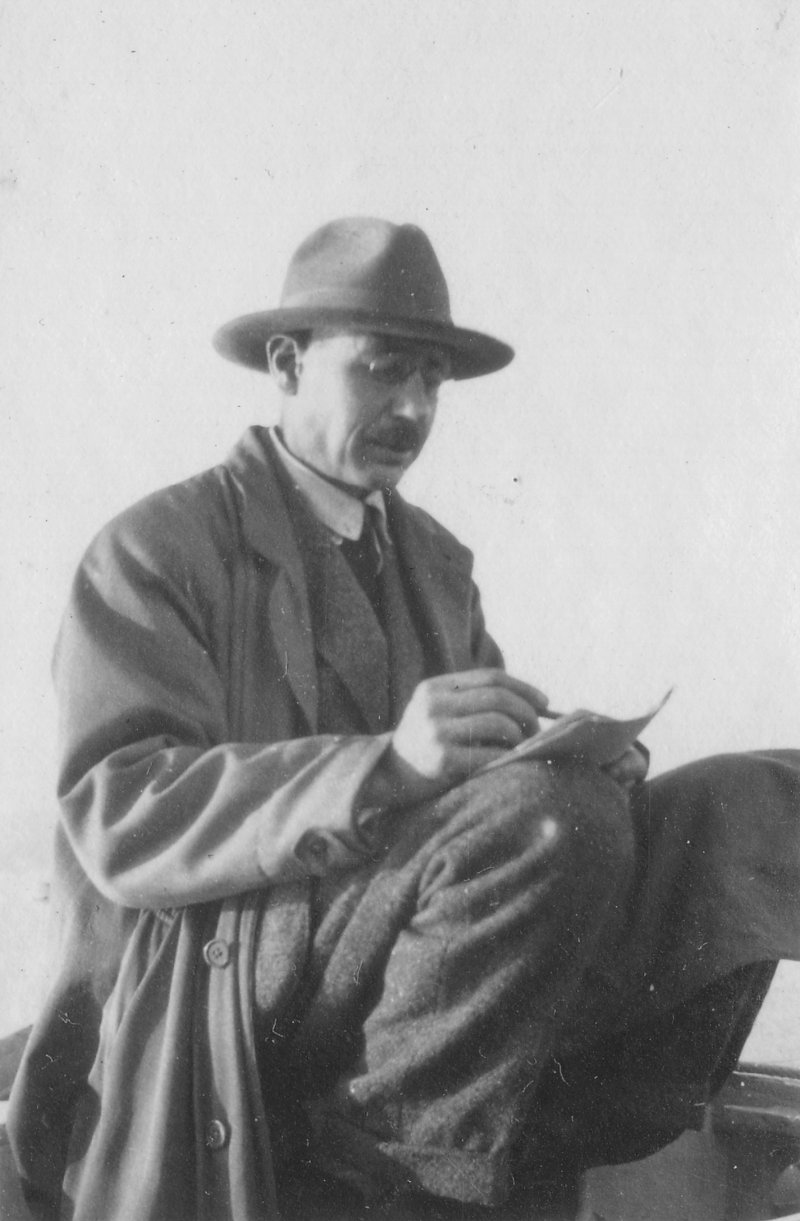
Pierre Bonnard drawing. The photo was probably taken by Arthur or Hedy Hahnloser.
In addition to Vallotton, the Hahnlosers soon became interested in the other painters from the Nabis group of artists. They also got to know Pierre Bonnard, Edouard Vuillard and Ker-Xavier Roussel and acquired works by them. Another French artist they esteemed was Pierre Renoir. At the time, he was regarded as the culmination of Impressionism and was revered throughout Europe, even in Germany. Also in the Flora, he was seen as the forerunner of Bonnard and his colleagues, and as such he featured prominently in the collection of the Hahnlosers and other Winterthur residents.
The passion for collecting was kindled early on, and as early as 1909 Vallotton was able to write that the Flora was about to become "a true museum". In fact, more and more artists began to interest the two collectors: in addition to the Nabis, they also favoured the Fauves around Henri Matisse with artists such as Albert Marquet and Henri Manguin, as well as the outsider Odilon Redon. They also turned their attention to the Impressionism of Monet and Manet. With this in mind, they soon began to collect artists whom they saw as pioneers – even if they were expensive at the time – namely Vincent van Gogh, Paul Gauguin and Paul Cézanne.
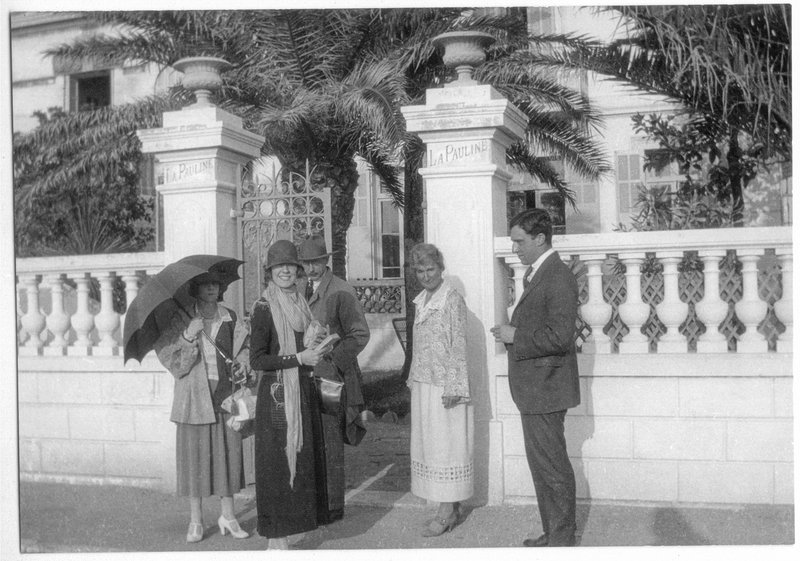
Marthe Bonnard and her husband Pierre Bonnard, together with Hedy Hahnloser and their son Hans in front of their Villa Pauline in Cannes, 1923 or 1924
Photo editing: Beat Loosli Solutions & Photos
Hedy Hahnloser struggled repeatedly with her health and she suffered from tuberculosis. The air and warmth of the south helped her, and so after the war the Hahnlosers bought a house in Cannes, the Villa Pauline, where they spent the winter months from then on. As the south of France was – probably not entirely coincidentally – also a popular destination for many painters, this provided the opportunity to deepen many contacts and friendships.
However, Hedy and Arthur Hahnloser collected not only paintings, but also sculptures and prints. Above all, Aristide Maillol was the sculptor they valued and bought the most. They even designed their garden around his works. In addition, graphic art gave them the opportunity to broaden their horizons and include other artists. Thus, they acquired numerous works on paper by Maurice Denis, Raoul Dufy, Jean Puy, Maurice Utrillo and Georges Rouault – to name only a few. Also Swiss artists and one female artist were purchased and consequently supported, such as Cuno Amiet, Alice Bailly, René Auberjonois and Wilhelm Gimmi.
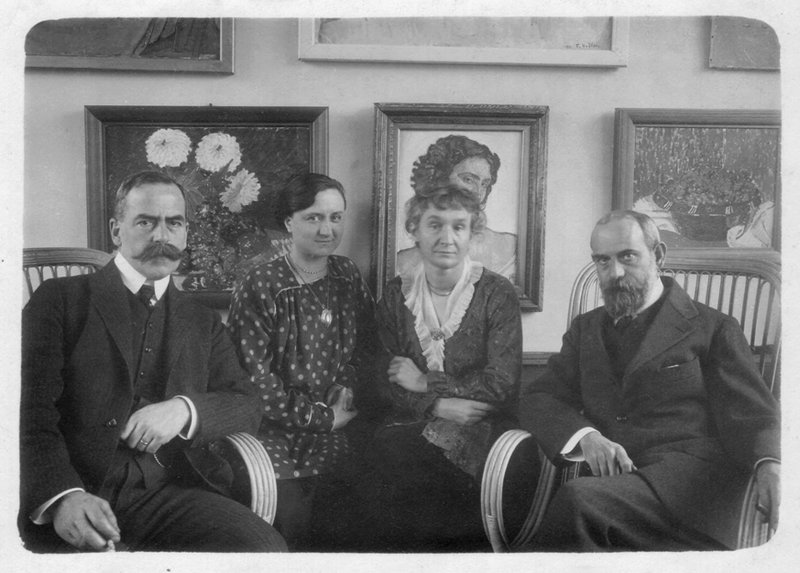
Arthur and Hedy Hahnloser together with Henri and Jeanne Manguin
What makes the collection special is not only the quality of the artworks, but also the nature of their history, as they were created through direct exchange between the artists and the collector couple. This defined the character of the collection. As little as the collection focussed on stylistic or thematic aspects, it still captivates through the extensive groups of works by different artists. It was not the representative element, but the commitment to the artists that set the guidelines. There are no individual works by an artist – once Arthur and Hedy became enthusiastic about an artist and discovered their passion for him, they remained loyal to him and his work. Despite and also because of their sensitivity and taste, they allowed themselves to be guided by the artists and inspired to see things in new ways.
Arthur Hahnloser died unexpectedly in 1936. Hedy Hahnloser continued to cultivate her artist friendships and still supported Swiss painters, but she stopped collecting. Over the years, the couple had bought well over a thousand works – a unique pioneering collection of modern art.
Epilogue
After Hedy Hahnloser's death in 1952, her daughter, Lisa Jäggli-Hahnloser, and her husband took care of the villa and the paintings and made both accessible to interested persons. To prevent the collection from falling apart, the family's descendants set up the Hahnloser/Jaeggli Foundation in 1980. Plans were already being made for a museum, which was opened in 1995. For almost twenty years, the Villa Flora was run as a professional museum by the Supporters of the Flora.
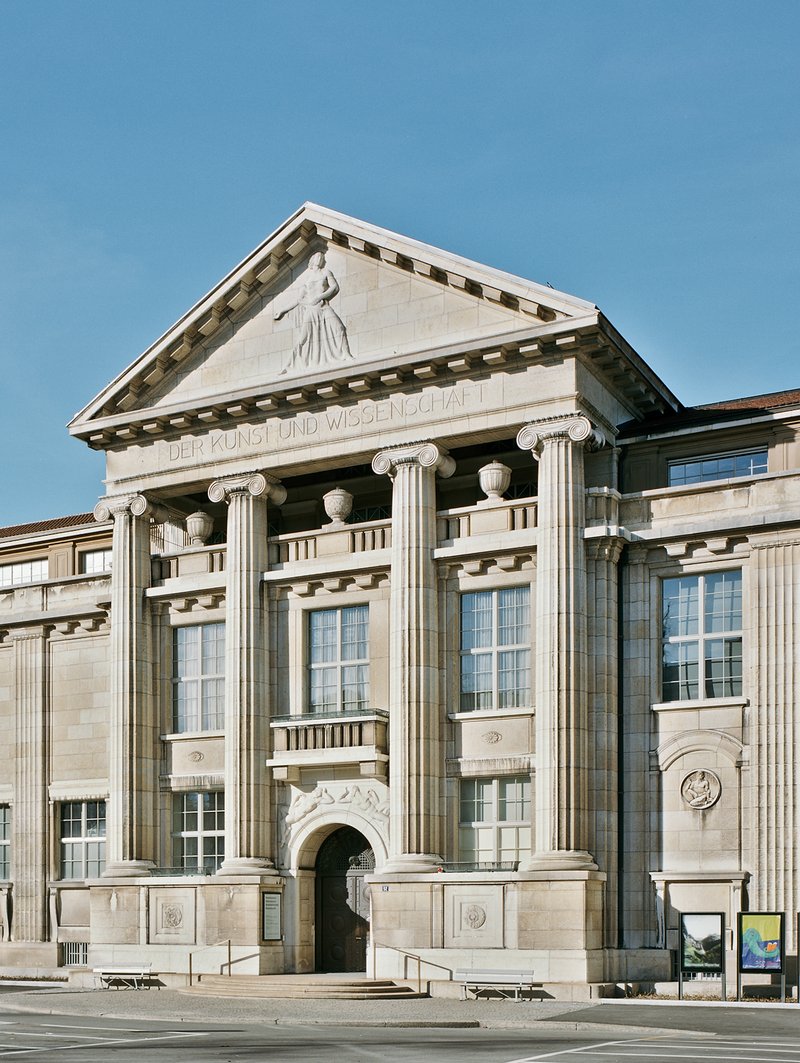
The Kunstmuseum Winterthur
In 2014, the Winterthur City Council refused to subsidise the museum and it was closed. A virtue was made of necessity, and the collection went on a celebrated European tour that took it from the Hamburger Kunsthalle to the Musée Marmottan in Paris and the Albertina in Vienna. In the meantime, a solution was sought while the foundation's works were housed at the Kunstmuseum Bern for six years. Finally, the Canton of Zurich bought the Villa Flora and transferred it to the City of Winterthur on a building lease. A restoration and gentle structural extension made the Flora fit for the future. As part of the Winterthur museum concept, which also includes the Oskar Reinhart Foundation alongside the Kunstmuseum, it is now the third and newest member of the Kunst Museum Winterthur.


